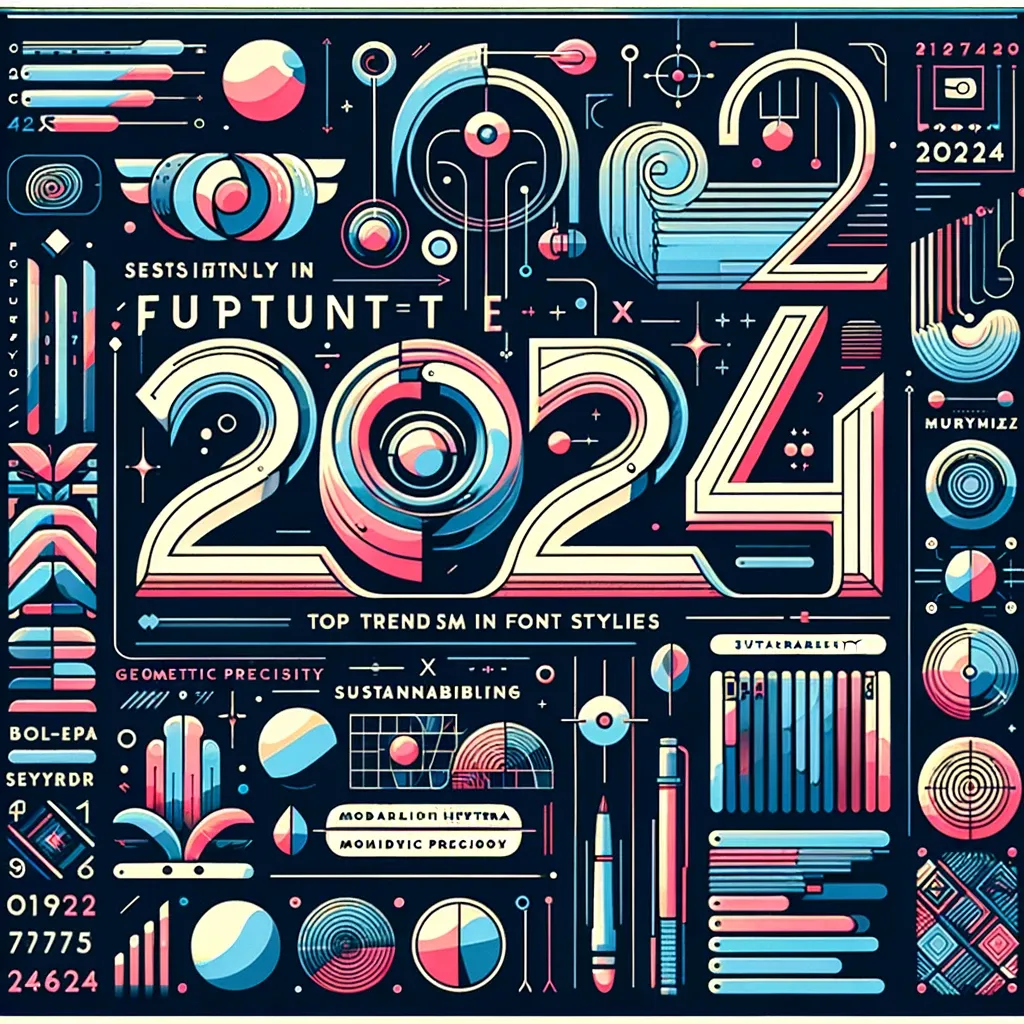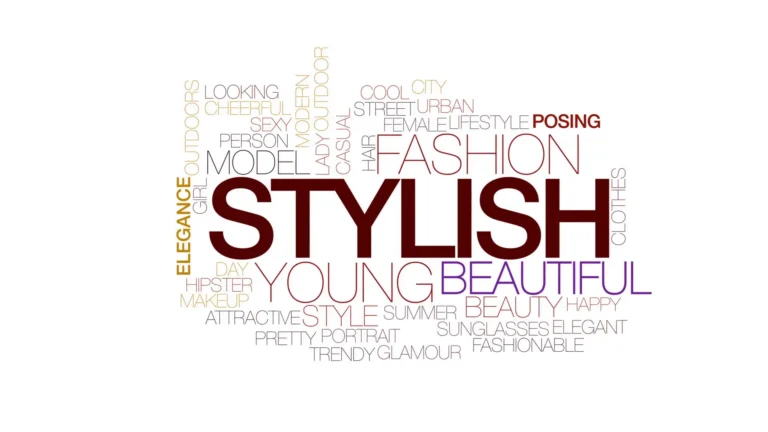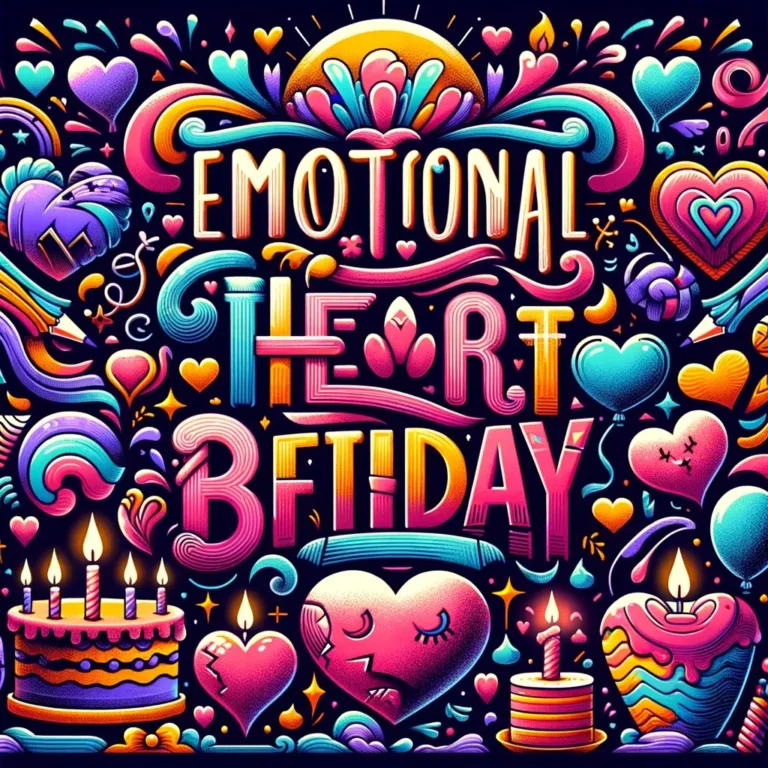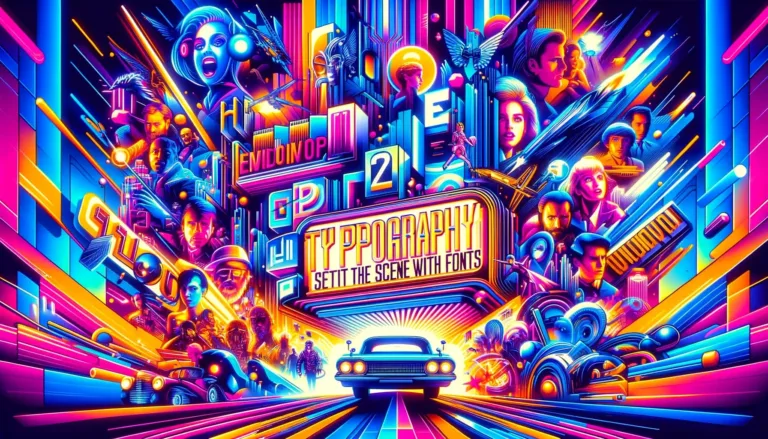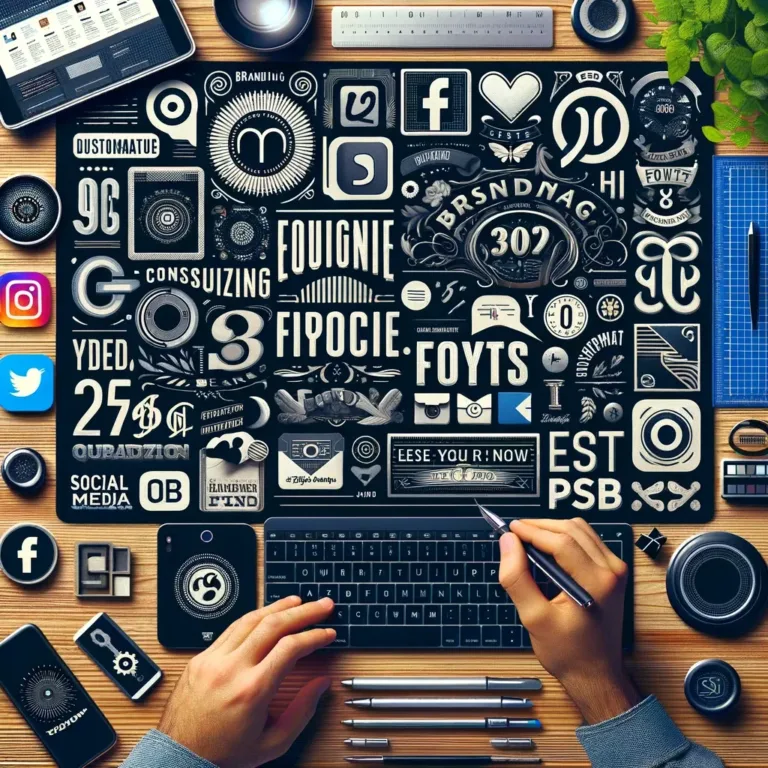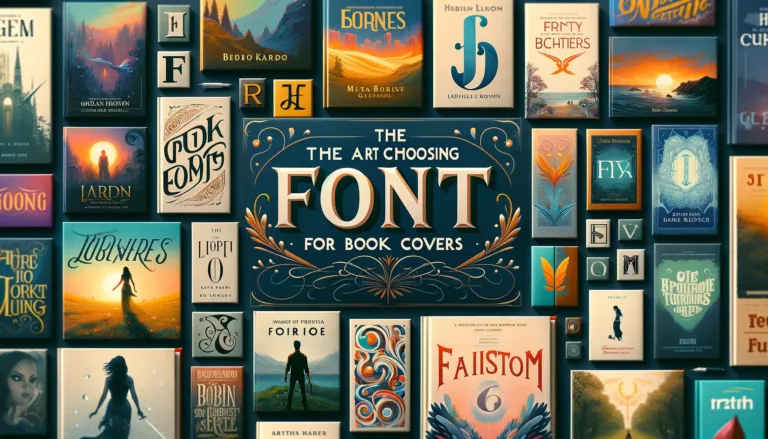Top Trends in Font Styles for 2024
The typography landscape continues to evolve, reflecting broader trends in technology, design, and cultural shifts. Fonts are not just carriers of words; they are vessels of personality and intent. This year, we’re seeing a bold departure from the tried and true, with emerging trends that challenge the norms and embrace innovation. Here’s a glimpse into the top trends in font styles for 2024, where we explore what’s shaping the future of typography.
1. Authenticity in Imperfection
The digital era has long championed the sleek and perfect, but there’s a growing appreciation for the human touch. Hand-drawn fonts are making a significant impact, offering that ‘imperfectly perfect’ vibe. This trend celebrates the unique imperfections of handcrafted typography, giving digital spaces a more approachable and authentic feel. Brands are increasingly adopting this style to seem more relatable and down-to-earth.
2. Retro Revival with a Modern Twist
Vintage typefaces from the ’70s and ’80s are experiencing a renaissance, but with a modern makeover. Designers are reimagining these classics with contemporary sensibilities, creating a nostalgic yet fresh visual language. This fusion of old and new delivers a sense of comfort and novelty, perfect for brands looking to evoke heritage while staying current.
3. Variable Fonts Gain Momentum
Variable fonts, which were once a novelty, are now becoming mainstream. They offer a level of flexibility that static fonts can’t match, allowing a single font file to behave like multiple fonts. With improved web performance and creative possibilities, variable fonts are a practical choice for designers and developers looking to streamline typography across various platforms.
4. Bold is the New Beautiful
Bold fonts are taking center stage, making statements that are hard to ignore. They’re not just for headlines anymore; bold fonts are being used for body text to create impact and draw attention. In a world where screen time is fragmented, these fonts cut through the noise, ensuring that messages are read and remembered.
5. Minimalist Serifs
The serif font is being stripped back to its essentials, resulting in elegant, minimalist serifs that are clean and refined. This trend is a response to the over-saturation of the bold and brash, offering a serene counterpoint. Minimalist serifs are versatile and readable, making them a go-to choice for both print and digital mediums.
6. Gradients in Typography
Gradients are moving from the background to the forefront, infusing fonts with vibrant colors that transition smoothly. This trend adds depth and dimension to typography, turning text into an immersive visual experience. It’s particularly popular in digital contexts, where on-screen technologies can showcase gradients in all their glory.
7. Environmental Typography
Sustainability isn’t just influencing product design and packaging; it’s also impacting font selection. Fonts that require less ink for printing and are more energy-efficient for digital displays are gaining popularity. This trend reflects a broader commitment to environmental responsibility and is particularly pertinent for eco-conscious brands.
8. Geometric Sans-serifs
Geometric sans-serifs, known for their clean lines and shapes, are evolving with slightly tweaked proportions and softened edges to add warmth and accessibility. This subtle shift makes geometric fonts more human and less machine-like, aligning with the trend towards more personal and emotionally resonant design.
9. Animated Type Comes Alive
With advancements in web technologies, animated typefaces are becoming more sophisticated. They’re not just for attention-grabbing anymore but are used to tell stories and convey emotions. This trend is expected to grow as brands look for new ways to engage and connect with audiences in dynamic digital spaces.
10. Layered Type Effects
Layering is a trend that allows for creative exploration in typography. Designers are playing with shadow effects, inline styles, and cutouts to create a sense of depth. This technique is particularly effective for display purposes and is seeing increased use in branding and promotional materials.
Conclusion
The font trends of 2024 are marked by a desire for authenticity, a blending of past and present, and a conscious move towards versatility and sustainability. As we navigate through an ever-changing digital landscape, these trends will likely shape how we interact with text and process information. Brands and designers must stay attuned to these shifts to remain relevant and resonate with their audiences.

